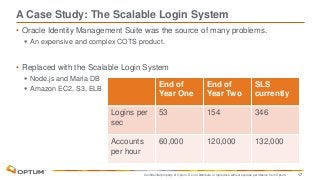
Consider the options available when you are considering offering health insurance to employees. You have the option to choose from basic, extra life, or HRA (health reimbursement arrangements) coverages. Employee health insurance is costly. Before you make a decision, make sure to consider the cost of coverage. Then you can choose the best plan to meet your budget and requirements. Continue reading for more information about health insurance that employees can take.
Employees can get health insurance
Employee health insurance is a type of group insurance. Employers buy it for their employees. These plans provide affordable coverage for employees as well as their families. Because the risk is spread across a larger group, employee health insurance plans have lower costs. They provide additional benefits to the immediate family members of the employees.
Employers should consider what benefits their employees want when selecting an employee-health insurance plan. They might be more interested in providing coverage for critical illness, accident insurance, and mental health benefits. Many plans have restrictions that limit employees' ability to use their benefits fully.

Life insurance for employees
Teachers and staff in government agencies or schools can be eligible for basic life insurance policies and AD&D insurance coverages up to $50,000. To sign up, employees must fill out an enrollment form. Employees can also designate beneficiaries or make changes. Additional $0.63 per month may be paid by employees to purchase basic insurance for spouses and dependent children.
Life insurance for employees is an excellent complement to an employee benefits package. These policies allow employees to tailor their coverage to their needs and are often updated to meet changing needs. They can also paid for by payroll deduction.
Health reimbursement arrangements
Employee health insurance plans (HRAs), which provide health reimbursement, must conform to the requirements of group-health plans. For example, HRAs must not impose annual dollar limits on EHBs and must cover preventive services without cost-sharing. These requirements cannot be fulfilled by HRAs, which must be integrated into group health plans.
Although HRAs are not the right solution for every employer, they can offer some benefits that can reduce the cost of health care. HRAs have been made more flexible through a recent rule that allows employers to offer HRAs as an "exceptional benefit" to supplement group health plans. These HRAs cover copays as well deductibles and other costs not covered by the primary insurance plan.

Employees' health insurance costs
Providing health insurance to your employees is a great way to keep them healthy and happy. Plus, it can save your business money on taxes. The type of coverage offered and the number employed will determine the cost of health insurance. Because smaller companies don't have as much purchasing power, employees who are not covered by health insurance often pay more. The same policy can cost small businesses anywhere from 8 to 18% more than large corporations. The cost of offering health insurance can also vary depending on where a company is located and the number of workers who have filed health claims.
Offering health insurance coverage is a popular way to attract skilled employees. Both small and large businesses are concerned about the high cost of insurance. Copays, deductibles, as well as prescription medication costs are all part of health care coverage. Many small and medium-sized businesses now include telemedicine and retail healthcare services in their plans.